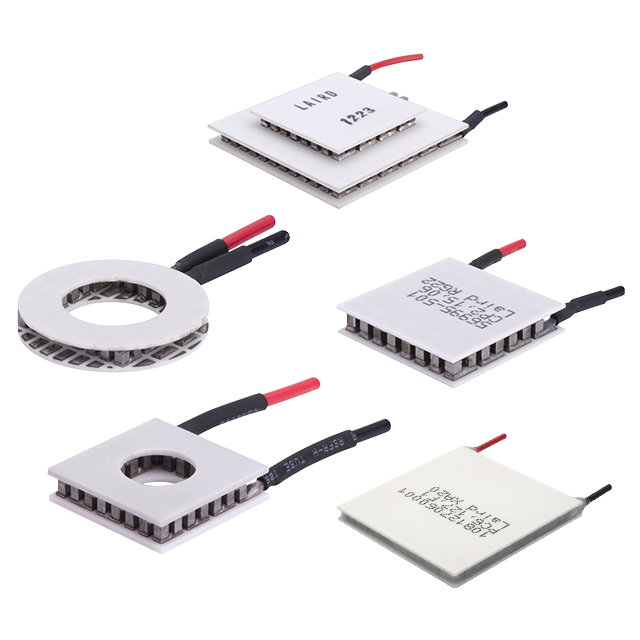Did you know that there are water-powered water pumps? So-called hydraulic ram pumps can, for example, pump water high out of a river using nothing but the flowing river water itself.

This is interesting because they use water pressure caused by the downward slope of the river bed (height differential) to generate a much higher pressure, pumping the water to much greater heights than where it came from. It sounds like free energy/perpetual motion, but the cost is that it is not 100% efficient – not all of the water gets pumped, and some of it must be wasted and continue downstream.
The underlying principle behind how this works is the same one used in electronic boost converters and it has to do with the relationship between momentum (or more correctly, change in momentum) and force. Force and change-in-momentum are directly proportional; the greater the change in momentum, the greater the force. A good mechanical example of this is a flywheel:

Flywheels store up energy in rotational momentum. As rotational force is applied to the flywheel it spins up faster and faster, storing energy; if you try to completely stop a heavy and fast-spinning flywheel suddenly then all that stored energy will be converted into a huge burst of force. Put another way, flywheels oppose change in momentum.
The electronic equivalent of the flywheel is the inductor. Inductors store up energy in a magnetic field, and they oppose changes to the current flowing through them.

The way in which inductors oppose changes to the current flowing through them is by producing an opposing voltage. Try to stop the current flowing through an inductor suddenly, such as by opening a switch in the circuit, and the inductor will instantly generate a huge voltage (much higher than the supply voltage of the circuit) in order to try and keep that current flowing. In this way, inductors can be used to generate much higher voltages (forces/pressures) than the supply voltage. This principle is used with spark plugs, for example, to generate 20,000V for the spark from only a 12V battery supply. In the same way that a flywheel will produce a huge force if you try to stop it suddenly, an inductor will generate a huge voltage if you try to stop the current flowing through it suddenly.
The hydraulic-ram-pump uses the same principle, allowing water to flow through it and then suddenly stopping the flow to produce a high pressure water hammer effect, which is then directed out of the pump via a one-way-valve.
By carefully and accurately controlling this process, Boost Converter Controllers can generate stable higher voltages for a circuit from lower voltages – at efficiences of over 90%. The UC1845 sample in Proteus provides a good simulatable example of a Boost Converter:

L1 is the inductor (flywheel), transistor Q1 is the switch (sudden stop) and diode D5 is the one-way-valve allowing the generated high voltage to escape to the output. Capacitor C5 stores and smooths the generated higher voltage, and resistors R5/R6 provide a measurement of the generated voltage back to the Boost Controller U1. U1 uses this feedback to control the whole process and makes adjustments to the switch timing on Q1 in order to ensure a stable voltage at the output even with changes in load.
If you want to take a high voltage down instead of a low voltage up then you need a buck converter instead. You can read a primer on buck converters in our blog post here.
All content Copyright Labcenter Electronics Ltd. 2025. Please acknowledge Labcenter copyright on any translation and provide a link to the source content on www.labcenter.com with any usage.Get our articles in your inbox
Never miss a blog article with our mailchimp emails
Advanced Simulation
Learn more about our built in graphing and advanced simulation features. Harness the mixed-mode simulation engine in Proteus to quickly test your analog or digital circuitry directly on the schematic.
 Ask An Expert
Ask An Expert
Have a Question? Ask one of Labcenters' expert technical team directly.


